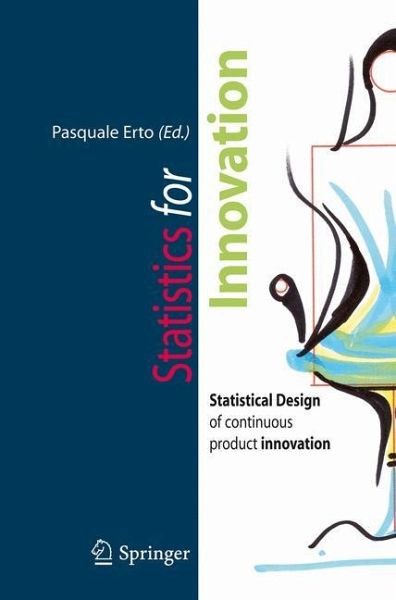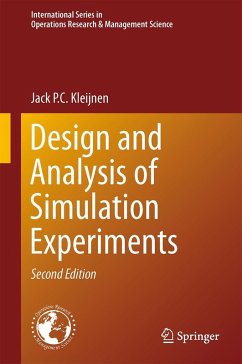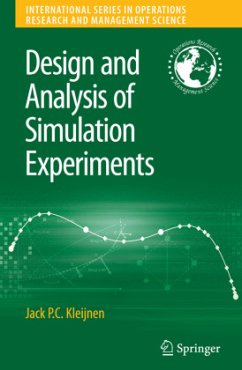
Statistics for Innovation
Statistical Design of "Continuous" Product Innovation
Herausgegeben: Erto, Pasquale

PAYBACK Punkte
19 °P sammeln!
4. 1. 1 ImportanceofComputerSimulation The importance of experimenting for quality improvement and innovation of pr- ucts and processes is now very well known: "experimenting" means to implement signi?cant and intentional changes with the aim of obtaining useful information. In particular, the majority of industrial experiments have two goals: - To quantify the dependence of one or more observable response variables on a group of input factors in the design or the manufacturing of a product, in order to forecast the behavior of the system in a reliable way. - To identify the level settings for...
4. 1. 1 ImportanceofComputerSimulation The importance of experimenting for quality improvement and innovation of pr- ucts and processes is now very well known: "experimenting" means to implement signi?cant and intentional changes with the aim of obtaining useful information. In particular, the majority of industrial experiments have two goals: - To quantify the dependence of one or more observable response variables on a group of input factors in the design or the manufacturing of a product, in order to forecast the behavior of the system in a reliable way. - To identify the level settings for the inputs (design parameters) that are capable of optimizing the response. The set of rules that govern experiments for technological improvement in a ph- ical set-up are now comprehensively labeled "DoE. " In recent years, the use of - perimentation in engineering design has received renewed momentum through the utilization of computer experiments (see Sacks et al. 1989, Santner et al. 2003), which has been steadily growing in the last two decades. These experimentsare run on a computer code implementing a simulation model of a physical system of int- est. This enables us to explore the complex relationships between input and output variables. Themain advantageofthis is that thesystem becomesmore"observable," since computer runs are generally easier and cheaper than measurements taken in a physical set-up, and the exploration can be carried out more thoroughly. This is particularly attractive in industrial design applications where the goal is system - timization. 4. 1.













